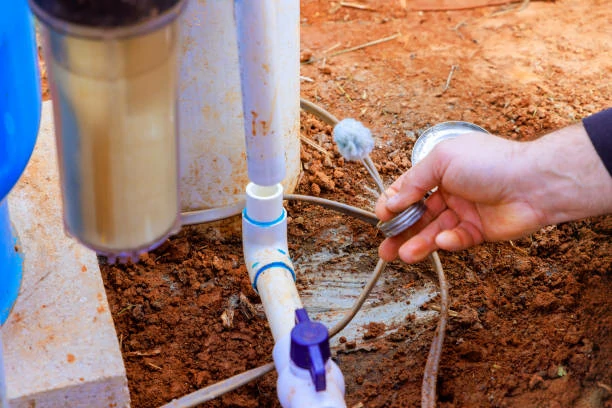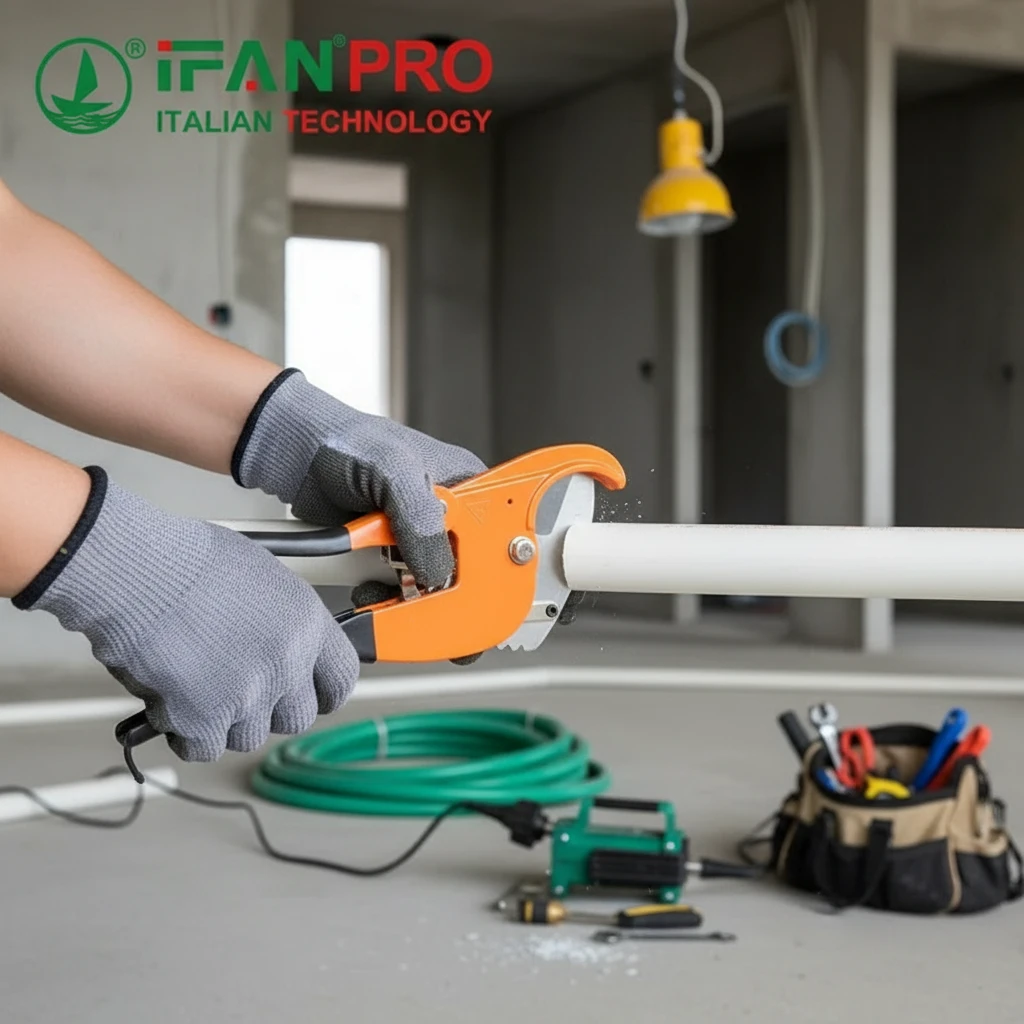When discussing the environmental impact of PVC pipes, one key factor that often arises is their degradability. PVC (Polyvinyl Chloride) is known for its durability, which makes it a popular choice in applications like drainage systems. However, this durability also brings up questions about the long-term environmental effects of PVC, especially in terms of its degradation process and how it interacts with the environment.
Understanding PVC’s Non-Degradable Nature
PVC pipes are non-biodegradable, meaning they do not naturally break down into harmless substances when exposed to environmental elements like moisture, sunlight, or biological organisms. This characteristic is both an advantage and a disadvantage.
The advantage is that PVC pipes have a long lifespan, often lasting decades without significant degradation. This makes them ideal for infrastructure projects where long-term durability is a priority. For drainage systems, the lack of degradation means the pipes can handle various chemicals and environmental conditions without breaking down or causing leaks, making them a reliable and stable option.
On the other hand, the disadvantage of non-biodegradability becomes apparent when considering the disposal and environmental impact of PVC pipes after their useful life ends. Since they do not decompose quickly, discarded PVC pipes may persist in landfills for many years. In some cases, if not properly managed, PVC waste can accumulate, leading to concerns about its contribution to environmental pollution.
Recycling: A Solution to PVC’s Non-Degradability
One of the most effective ways to address the environmental impact of PVC’s non-degradability is through recycling. PVC pipes can be recycled and repurposed for new products, reducing the need for virgin materials and minimizing waste. Many PVC manufacturers have already adopted recycling programs, and pipes made from recycled PVC are now commonly available.
The recycling process for PVC pipes involves collecting used or discarded PVC, shredding it into smaller pieces, and then reprocessing it into new products. By recycling PVC, the lifespan of the material extends far beyond its initial use, helping to reduce the amount of waste that ends up in landfills.
Recycling also offers environmental benefits beyond waste reduction. The production of recycled PVC uses significantly less energy compared to producing new PVC from raw materials. This lower energy consumption reduces the carbon footprint of PVC products, making them a more sustainable option.
Photodegradation and UV Resistance
While PVC is generally resistant to degradation, it can undergo photodegradation when exposed to ultraviolet (UV) light over long periods. UV light can cause PVC to become brittle and break down at the surface level. This process, however, occurs very slowly and typically only affects the outer layer of PVC pipes. Most drainage systems bury PVC pipes underground or use them in covered settings, which prevents significant exposure to UV light.
For situations where PVC pipes are exposed to sunlight, manufacturers often add UV stabilizers to the material during production. These additives enhance the UV resistance of the pipes, slowing down the photodegradation process and ensuring that the pipes maintain their structural integrity for longer periods.
Alternative Biodegradable Materials
Given the growing concern over plastic waste, some industries are exploring biodegradable alternatives to PVC. Biodegradable plastics, which are designed to break down more easily in the environment, offer potential solutions to the challenges of PVC’s non-degradability. These materials, made from natural or renewable sources, can decompose under the right conditions, reducing long-term environmental impact.
However, in applications like drainage systems, biodegradable plastics still face challenges in terms of durability and chemical resistance. While PVC’s long lifespan and resilience make it ideal for these systems, biodegradable alternatives may not yet match its performance in certain demanding conditions.
Top PVC Pipe Manufacturers
| Company Name | Location | Years Of Experience | Certificates |
| IFAN | Zhuji, China | 1993 | ISO certification |
| ASC Engineered Solutions | USA | 2019 | ISO certification |
| Patel Precision Works | India | over 21 years | ISO certification |
| RED-WHITE VALVE CORP | USA | 1971 | ISO certification |
| SVF Flow Controls | USA | 1988 | ISO certification |
IFAN international standard for PVC Pipe
IFAN adheres to a wide range of international standards for its products, ensuring high quality and performance. These standards include BS 3505 and BS 4346 from the British Standards Institution; ASTM D1785 SCH40 and SCH80, ASTM D2665, ASTM D2241, ASTM D2729, and ASTM F441/F441M from the American Society for Testing and Materials (ASTM); DIN 8061/8062 from Germany; GB and GB/T 10002 series standards from China; ISO 1452 and EN ISO 1452 from the International Organization for Standardization (ISO); AS/NZS 1477 from Australia and New Zealand; JIS K6741 from Japan; CSA B137.3 from Canada; NSF/ANSI 14 from the United States; and TIS 17-2532/1131-2535 from Thailand. These certifications highlight IFAN’s commitment to meeting global safety and quality requirements across various industries.
Conclusion
Brass tube fittings excel in high-temperature resistance, making them a reliable choice for various applications. Their unique combination of copper and zinc provides excellent strength, durability, and thermal conductivity, ensuring reliable performance even in extreme conditions. Industries such as plumbing, gas, HVAC, and manufacturing rely on brass fittings for their ability to withstand heat while maintaining structural integrity.
With minimal maintenance requirements and long-lasting durability, brass tube fittings represent a smart investment for businesses seeking efficient and reliable connections. Understanding the factors that influence their performance allows users to make informed decisions when selecting fittings for high-temperature applications. Ultimately, the benefits of brass tube fittings make them a superior choice for anyone seeking high-quality, durable, and effective solutions for their piping and tubing needs.
Connecter
IFAN est un fabricant chinois de tuyaux, de raccords et de vannes en plastique, fort de 30 ans d'expérience. Si vous êtes intéressé par IFAN Raccords en cuivre, vannes en cuivre, tuyaux et raccords en plastique, veuillez nous contacter. IFAN offers you a variety of standard pipes to meet your specific needs. Click below to learn more about IFAN’s wide range of affordable and cost-effective valve products and piping system related products.
We will reply your email or fax within 24 hours.
You can call us at any time if there is any question on our production.
For more information,pls visit our webside https://ifanpro.com/
Veuillez envoyer un courrier à l'adresse suivante [email protected]
Whatsapp : + 86 19857948982














Commentaires récents